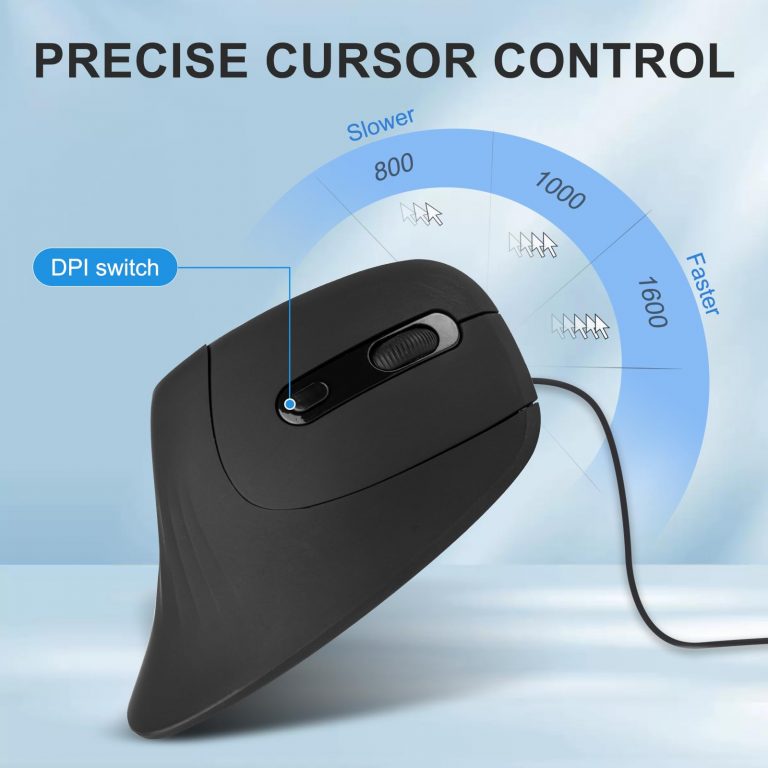
Wireless Mice Cord-Free Convenience
Wireless mice have revolutionized the way we interact with computers, offering greater flexibility and freedom of movement compared to their wired counterparts. These sleek and portable devices use wireless technology to connect to your computer, eliminating the clutter of cables.
How Wireless Mice Work
Wireless mice use radio frequency (RF) technology or Bluetooth to communicate with your computer. They typically require batteries or a rechargeable battery pack to operate. Some wireless mice may also have a USB receiver that plugs into your computer’s USB port.
Benefits of Using a Wireless Mouse
- Increased Mobility: Wireless mice allow you to move freely around your workspace without being restricted by a cord.
- Clutter Reduction: Eliminating the cable from your setup can create a cleaner and more organized workspace.
- Portability: Wireless mice are easy to carry around, making them ideal for use with laptops and tablets.
- Battery Life: Modern wireless mice have long battery life, allowing you to use them for extended periods without needing to recharge or replace batteries.
- Advanced Features: Some wireless mice offer additional features such as optical tracking, adjustable sensitivity, and programmable buttons.
Choosing the Right Wireless Mouse
When selecting a wireless mouse, consider the following factors:
- Connectivity: Choose a mouse that uses a reliable wireless technology, such as Bluetooth or RF.
- Battery Life: Look for a mouse with a long battery life to avoid frequent recharging.
- Ergonomics: Ensure the mouse is comfortable to hold and use for extended periods.
- Features: Consider any additional features you may need, such as programmable buttons or adjustable sensitivity.
- Price: Wireless mice vary in price, so set a budget and compare options.
Wireless mice have become an essential accessory for computer users, offering convenience, flexibility, and improved ergonomics. By choosing the right wireless mouse, you can enhance your computing experience and enjoy a clutter-free workspace.




